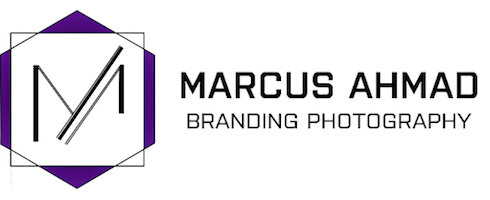Why great photography is vital for your marketing department.
Photography is a great marketing tool because it is relatively cost-effective compared to other forms of marketing, such as video production or paid advertising.
Here are some of the reasons why photography can be an effective marketing tool especially when working to a limited budget:
Cost-Effective: Compared to other marketing channels, photography is often more cost-effective. Basic photography equipment and editing software are relatively inexpensive, and there are many free or low-cost stock photo libraries available online.
Versatile: Photography is a versatile marketing tool that can be used across a range of marketing channels, including social media, email marketing, and website content. A single photograph can be repurposed in multiple ways, making it a valuable investment for a limited marketing budget.
Engaging: Photography is an engaging medium that can capture attention and create an emotional connection with the viewer. A well-crafted photograph can communicate a brand's message effectively and engage the viewer in a way that other forms of marketing may not.
Brand Consistency: By using photography consistently across all marketing channels, a brand can establish a recognisable and consistent visual identity, even on a limited budget.
DIY Option: With the availability of affordable camera equipment and editing software, small businesses and startups can create their own professional-looking photographs in-house, reducing the need to outsource to expensive photographers. If this is an option you are considering I can come in and train your staff in the best way to go about this.
What are the problems facing a marketing department?
Marketing departments face a range of challenges in today's fast-paced, competitive business environment. Here are some of the most common problems that marketing departments encounter:
Limited Budget: Many marketing departments operate with limited budgets, which can make it challenging to execute effective marketing campaigns and reach the target audience.
Changing Consumer Behavior: Consumer behavior is constantly evolving, which can make it challenging for marketing departments to keep up with trends and effectively engage with their target audience.
Increased Competition: The rise of digital marketing has made it easier for new businesses to enter the market, creating increased competition for existing brands.
Measuring ROI: Measuring the return on investment (ROI) of marketing campaigns can be challenging, especially for complex campaigns that involve multiple channels and tactics.
Data Privacy and Security: The increasing focus on data privacy and security has made it more difficult for marketing departments to collect and use customer data in their campaigns.
Technology and Automation: The rapid pace of technological change has made it challenging for marketing departments to stay up-to-date with the latest tools and platforms, and to effectively leverage automation to streamline their processes.
Talent Shortages: Finding and retaining talented marketing professionals can be challenging, especially in highly competitive industries where there is a high demand for skilled marketers
How can a photograph reinforce a brand’s value?
A photograph can reinforce a brand's value by effectively conveying the brand's identity, message, and values through visual storytelling.
Here are some ways a photographer can do this:
Consistency: A photograph can reinforce a brand's value by maintaining a consistent visual language across all marketing materials, including the brand's website, social media channels, and advertising campaigns. This consistency helps to establish a recognizable and memorable brand identity.
Authenticity: A photograph can reinforce a brand's value by depicting real people and real situations that align with the brand's values and mission. By showing authentic images, a brand can demonstrate that it is trustworthy and transparent.
Emotional Appeal: A photograph can reinforce a brand's value by evoking emotions that align with the brand's message and values. For example, a brand that values sustainability might use photographs of nature and environmental conservation to create an emotional connection with the viewer.
Storytelling: A photograph can reinforce a brand's value by telling a story that aligns with the brand's message and values. For example, a brand that values inclusivity might use photographs that show people from diverse backgrounds and experiences, highlighting the brand's commitment to diversity and inclusivity.
Creative Expression: A photograph can reinforce a brand's value by using creative expression to convey the brand's message and values in a unique and memorable way. For example, a brand that values innovation might use photographs that play with perspective, color, and composition to convey a sense of creativity and originality.
In summary, a photograph can reinforce a brand's value by maintaining consistency, showing authenticity, creating emotional appeal, telling a story, and using creative expression to convey the brand's message and values.



